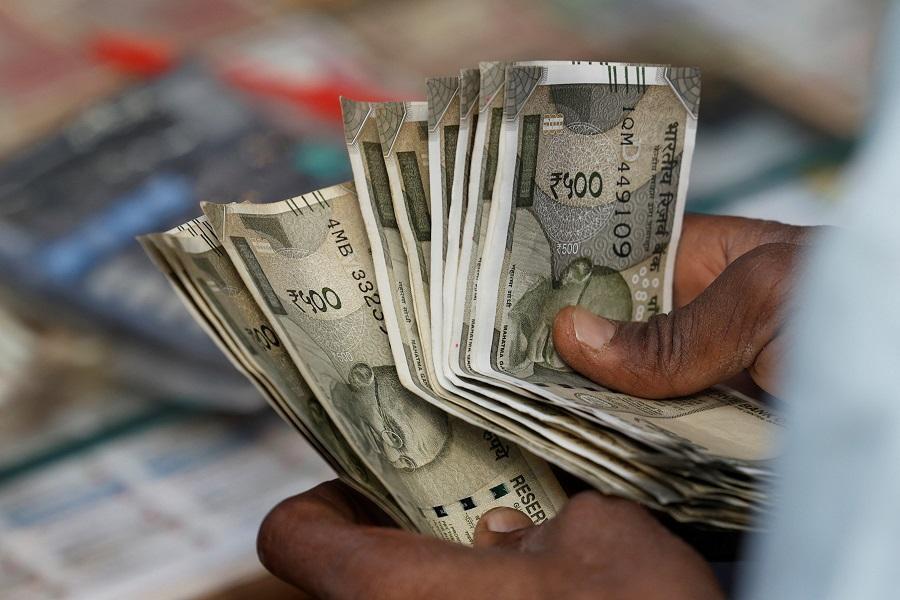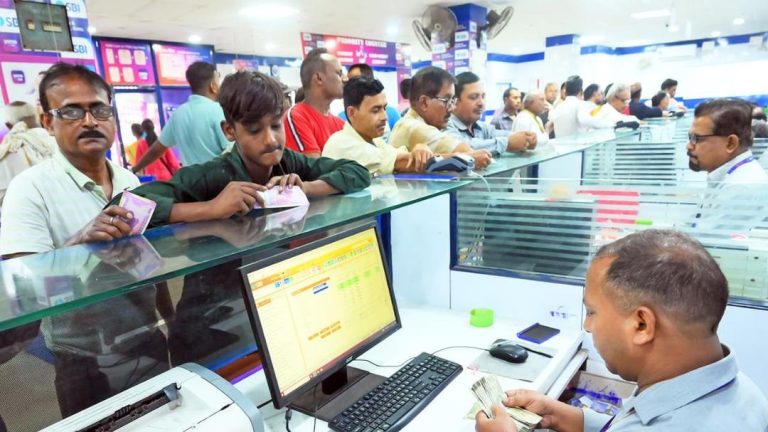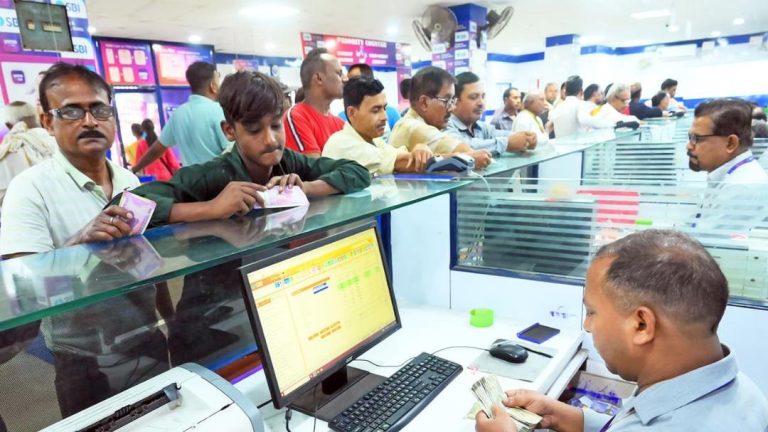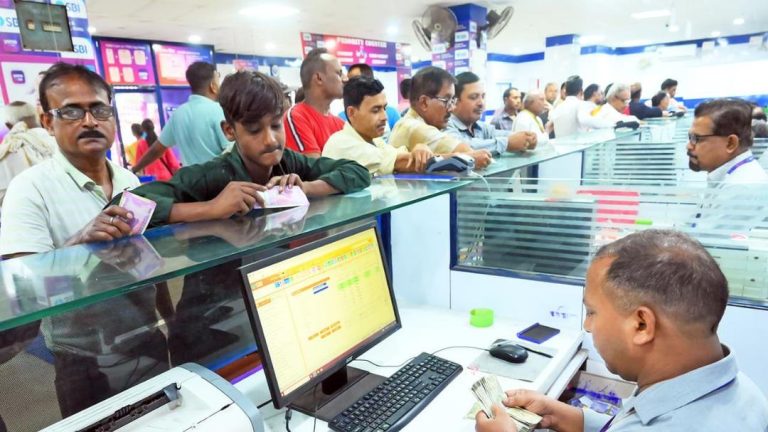
Rupee Set to Open Weaker as Trump Threatens 25% Tariff on Exports
The Indian rupee is likely to open weaker on Thursday, following a fresh threat from U.S. President Trump to impose a 25% tariff on Indian exports. Despite ongoing talks between the two countries, traders are bracing for a weaker rupee, with some expecting the Reserve Bank of India (RBI) to intervene to stabilize the currency.
The rupee has been under pressure in recent weeks, with the 1-month non-deliverable forward (NDF) contract suggesting an opening range of 87.66-87.69, versus 87.42 previously. This is just a hair’s breadth away from the record low of 87.95.
The Trump administration’s threat to impose tariffs on Indian exports, worth around $5.6 billion, has added to the rupee’s woes. The move is seen as a response to India’s decision to impose tariffs on certain American goods, including almonds and apples.
The tariff threat has heightened concerns among traders and investors, who are now bracing for a weaker rupee. The currency has already fallen around 9% this year, making it one of the worst-performing currencies in Asia.
“The rupee is likely to open weaker as the news of the tariff threat has spooked the market,” said a Mumbai-based trader. “We expect the RBI to intervene to stabilize the currency, but it’s hard to say how effective their efforts will be.”
The RBI has been actively intervening in the foreign exchange market to stabilize the rupee, but its efforts have been largely unsuccessful in recent weeks. The central bank has been selling dollars to prop up the rupee, but the currency has continued to fall on concerns over the widening trade deficit.
The trade deficit has been a major concern for the Indian economy, with the country’s exports struggling to keep pace with imports. The deficit has widened to around $13.8 billion in the first half of the fiscal year, up from around $6.3 billion in the same period last year.
The rupee’s weakness is also likely to have an impact on India’s inflationary pressures, with a weaker currency making imports more expensive. This could lead to higher prices for goods and services, which could in turn put pressure on the RBI to raise interest rates.
“Inflation is likely to be a major concern for the RBI in the coming months, given the rupee’s weakness and the widening trade deficit,” said a Delhi-based economist. “Raising interest rates could be a solution, but it’s a delicate balance, as high interest rates could also hurt economic growth.”
The rupee’s weakness has also been exacerbated by the ongoing trade tensions between the United States and China. The tensions have led to a weakening of the Chinese yuan, which has in turn led to a strengthening of the dollar. This has made it more expensive for Indian importers to buy goods from China, leading to a widening trade deficit.
Despite the challenges facing the rupee, some analysts are optimistic that the currency will stabilize in the coming months. “The rupee’s weakness is likely to be short-lived, as the RBI is likely to intervene to stabilize the currency,” said a Mumbai-based analyst. “We expect the currency to stabilize around 87-88 levels in the coming months.”
In conclusion, the rupee is likely to open weaker on Thursday, following Trump’s threat to impose a 25% tariff on Indian exports. The RBI may intervene to stabilize the currency, but the outcome is uncertain. The rupee’s weakness is likely to have an impact on India’s inflationary pressures and trade deficit, and could lead to higher interest rates in the coming months.




